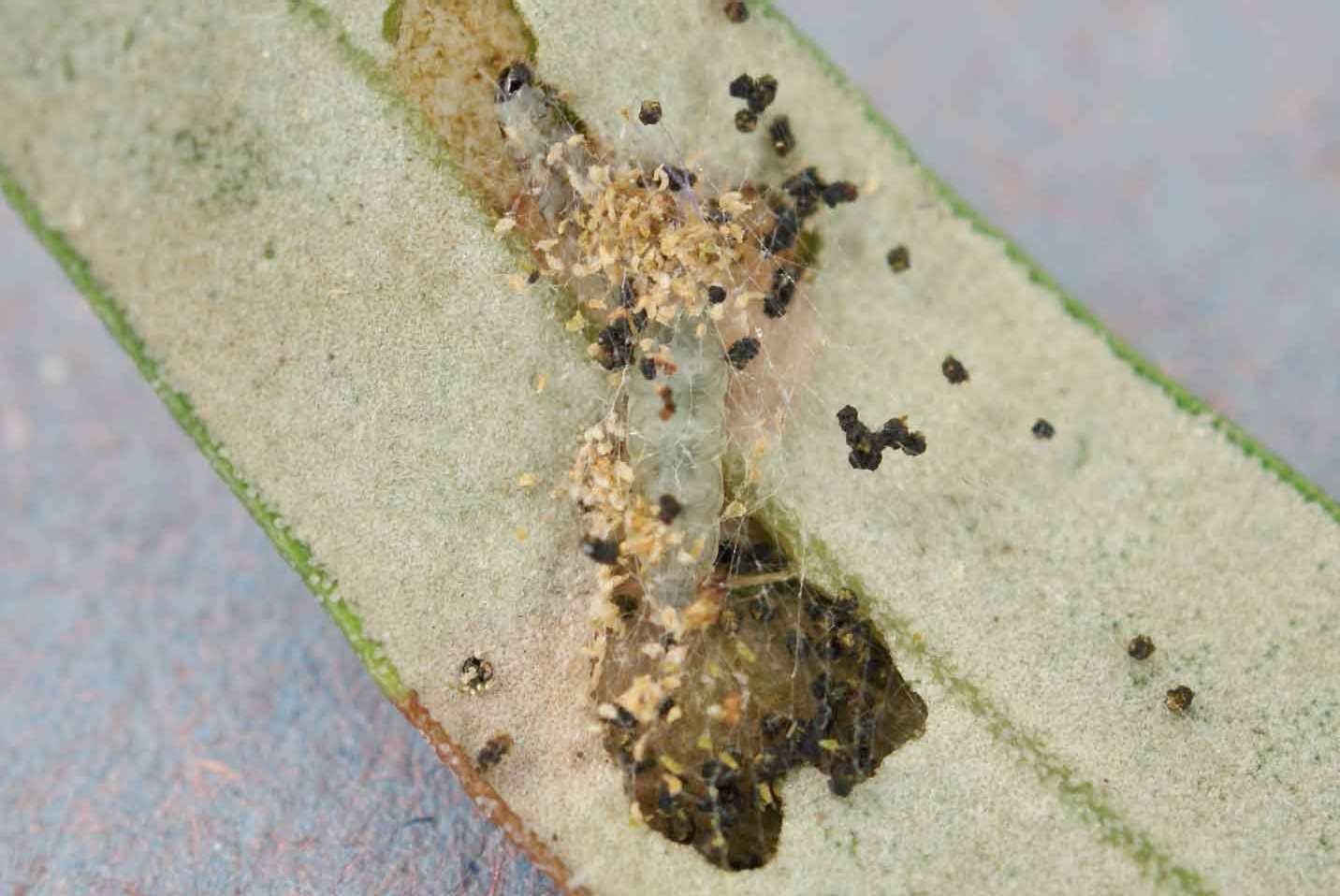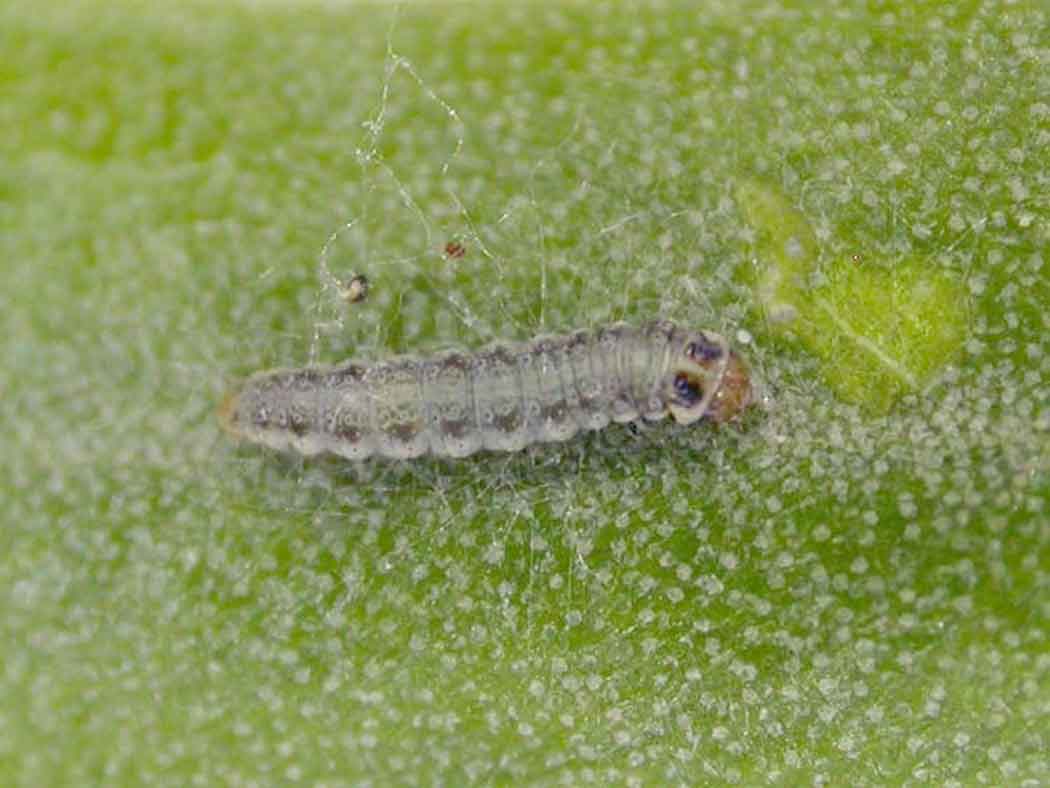|
|
Olive Diseases and Pests Prays oleae as luck would have it the pupa emerged but the moth failed to inflate its wings. To compound the frustration my attempts to determine the species by examination of the genitalia proved inconclusive. The moth was a female and seemingly lacked a bursa (or I lost it during preparation). Fortunately, two of the mines collected proved to be occupied and the larger of the two larvae compared very well with images sourced from the internet. |
|
 |
| Olive Diseases and Pests although clearly an accidental importation with the olive tree to the garden centre, Prays oleae must be considered a potential colonist. Given the large numbers of olive trees now in garden around the country, the tree on which the mines were found could quite easily have been sold (given a large enough wallet!) and been introduced to a garden before anyone had noticed the occupied mines and indeed the live pupa. |
These mines had always been something of a puzzle to me. Information on the British leafminers website indicated that the first miner in the year likely to be found on honeysuckle would be Aulagromyza cornigera and that frommid-Spring Prays oleae |
 |
Prays oleae however on examination these mines did not fit either the gallery pattern or frass pattern of that species. Indeed morphologically they resembled Chromatomyia lonicerae with much more linear frass than the single grains of A.cornigera. Although the date was incredibly early for the summer mining C.lonicerae, I had conjectured that this might be an earlier generation arising as a result of global warming. |
|
|
|

